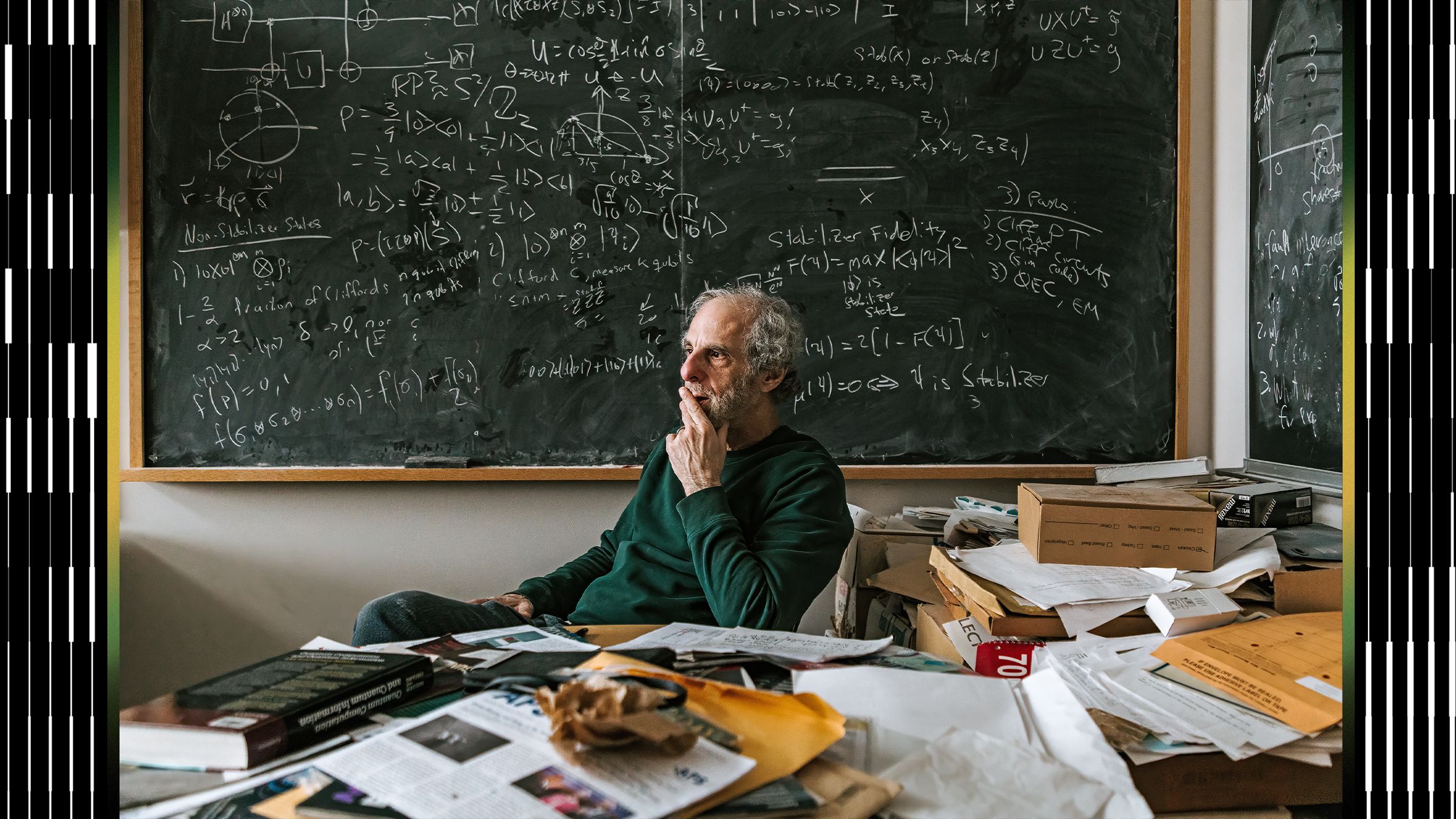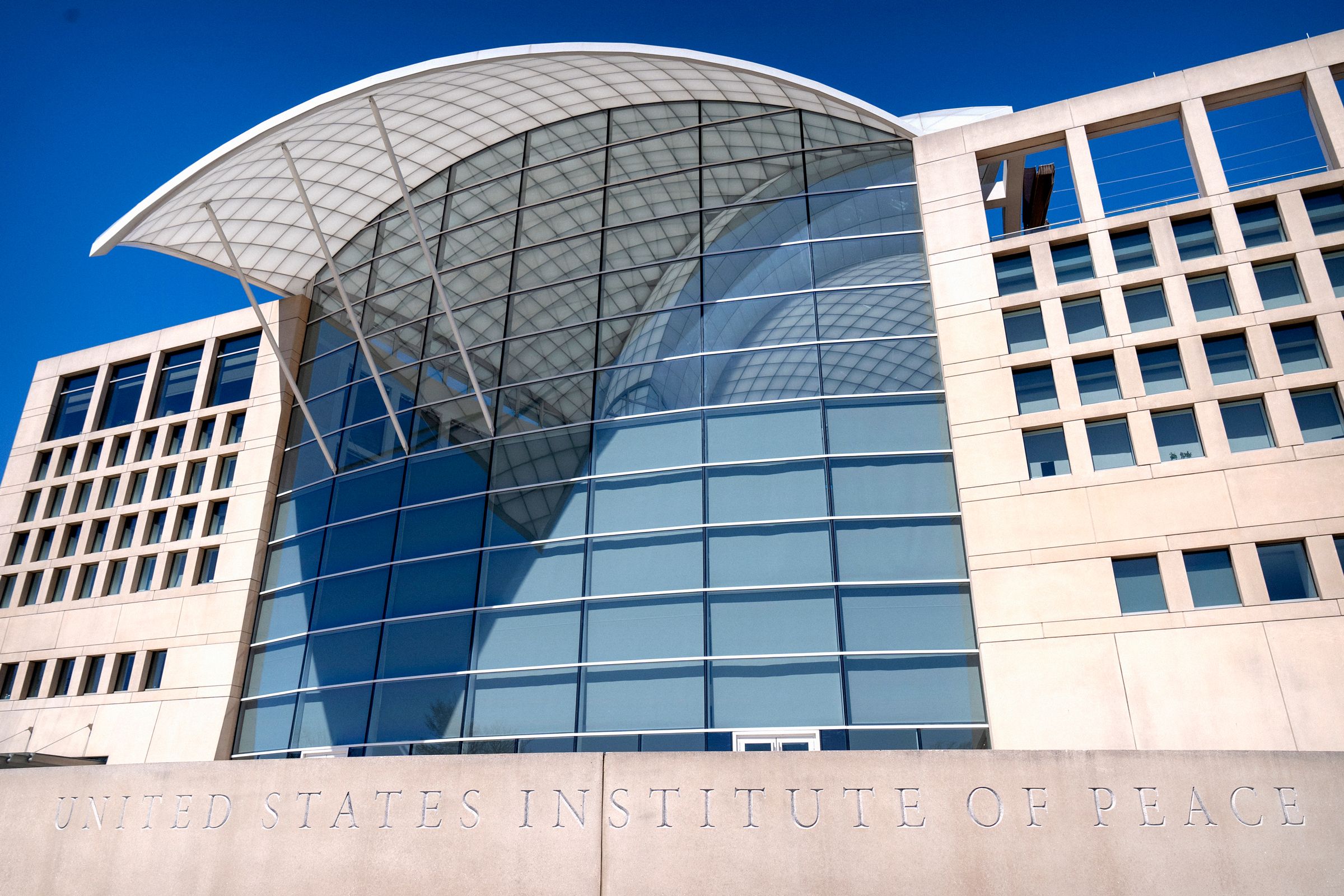Inside arXiv—the Most Transformative Platform in All of Science
Inside arXiv—the Most Transformative Platform in All of Science
arXiv is a preprint repository for research articles in mathematics, physics, computer science, and other scientific…

Inside arXiv—the Most Transformative Platform in All of Science
arXiv is a preprint repository for research articles in mathematics, physics, computer science, and other scientific disciplines. It was founded in 1991 by Paul Ginsparg and has since become one of the most important platforms for sharing academic research.
Researchers from around the world can submit their papers to arXiv for free, making their work accessible to a wide audience of scientists. This has helped to accelerate the dissemination of knowledge and foster collaboration among researchers.
One of the key features of arXiv is its rapid dissemination of research papers. Unlike traditional academic journals, which can take months or even years to publish a paper, arXiv makes new research available to the public almost immediately after submission.
Another important aspect of arXiv is its open access policy. All papers on the platform are freely available to anyone with an internet connection, making it easier for researchers to access the latest findings in their field.
arXiv has also played a key role in the development of new research areas and the discovery of new scientific phenomena. Many groundbreaking papers have been first published on arXiv before being formally peer-reviewed and published in journals.
Overall, arXiv has had a transformative impact on the scientific community, revolutionizing the way research is shared and accessed. It has democratized the dissemination of scientific knowledge and helped to break down barriers between different fields of study.
In conclusion, arXiv is truly the most transformative platform in all of science, providing a vital service to researchers around the world and driving innovation and collaboration in the scientific community.




